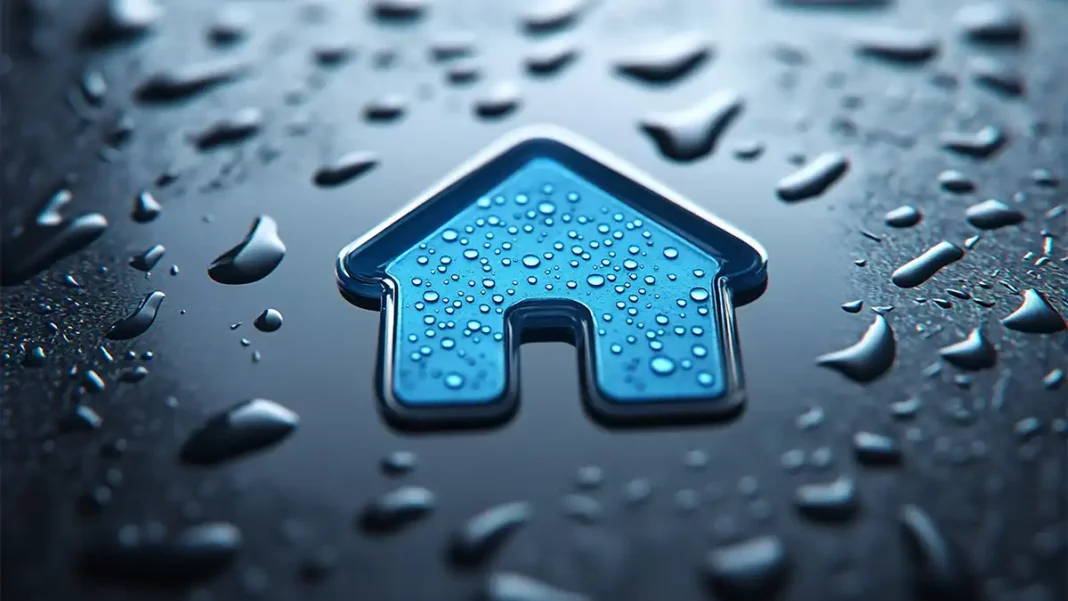When it comes to maintaining the longevity and durability of your home, waterproofing is an essential process that often gets overlooked. Suitable waterproofing can protect your home from water damage, leading to structural issues, mould growth, and expensive repairs. Whether dealing with a basement, roof, or bathroom, choosing suitable waterproofing materials is crucial to ensuring your home remains safe and sound. But with so many options available, how do you know which suits your needs?
Read on to learn how to select the best waterproofing materials for your home and safeguard your property against water-related damage.
Assess Your Needs and Home Environment
Before selecting waterproofing materials, it’s essential to assess the specific needs of your home. Different areas of your home will require different types of waterproofing. For instance:
- Basements: Often prone to groundwater infiltration, so materials that provide strong resistance to water pressure are ideal.
- Roofs Must withstand weather elements like rain and snow, so a durable and weather-resistant waterproofing solution is necessary.
- Bathrooms: Constant exposure to water means you need materials that prevent moisture buildup and mould growth.
Understanding the environment in which the waterproofing will be applied will help you narrow down the options.
Types of Waterproofing Materials
Several types of waterproofing materials are available, each with its advantages. Here are some of the most common:
- Cementitious Waterproofing: This type is easy to apply and commonly used in internal wet areas like bathrooms. When applied, it’s a simple mix of cement-based products that create a waterproof barrier.
- Liquid Waterproofing Membrane: This thin coating can be sprayed or rolled onto surfaces, providing a flexible and seamless layer of protection. It’s ideal for roofs and terraces.
- Bituminous Coating: Known for its excellent waterproofing and protective properties, this material is primarily used in areas that require durable waterproofing, like basements.
- Polyurethane Waterproofing: This material is perfect for exposed areas like roofs and offers high flexibility and resistance to weather conditions.
Consider the Durability and Lifespan
When choosing waterproofing materials, it’s essential to consider the durability and expected lifespan of the product. Some materials, like cementitious waterproofing, are incredibly durable but may require periodic maintenance. On the other hand, liquid membranes, while easy to apply, might need reapplication every few years, depending on the exposure and conditions.
Application Process
Another factor to consider is the application process. Some waterproofing solutions are DIY-friendly, while others may require professional installation. For example, liquid membranes can be applied with a roller or spray, making them easy for homeowners. In contrast, bituminous coatings often require more expertise.
Budget Considerations
Finally, your budget will play a significant role in your decision. While it’s tempting to go for the cheapest option, remember that waterproofing is an investment in your home’s future. Choosing high-quality materials might be more expensive upfront, but it will save you money on repairs and maintenance in the long run.
Conclusion
Selecting suitable waterproofing materials for your home is about understanding your specific needs and the environment of your home and balancing cost with durability. Whether dealing with a damp basement or an exposed rooftop, the right waterproofing solution will provide peace of mind and protect your home for years. Invest wisely, and you’ll keep your home safe from the damaging effects of water.
Also Read: A Guide to Choosing the Right Plumbing Service for Your Home


